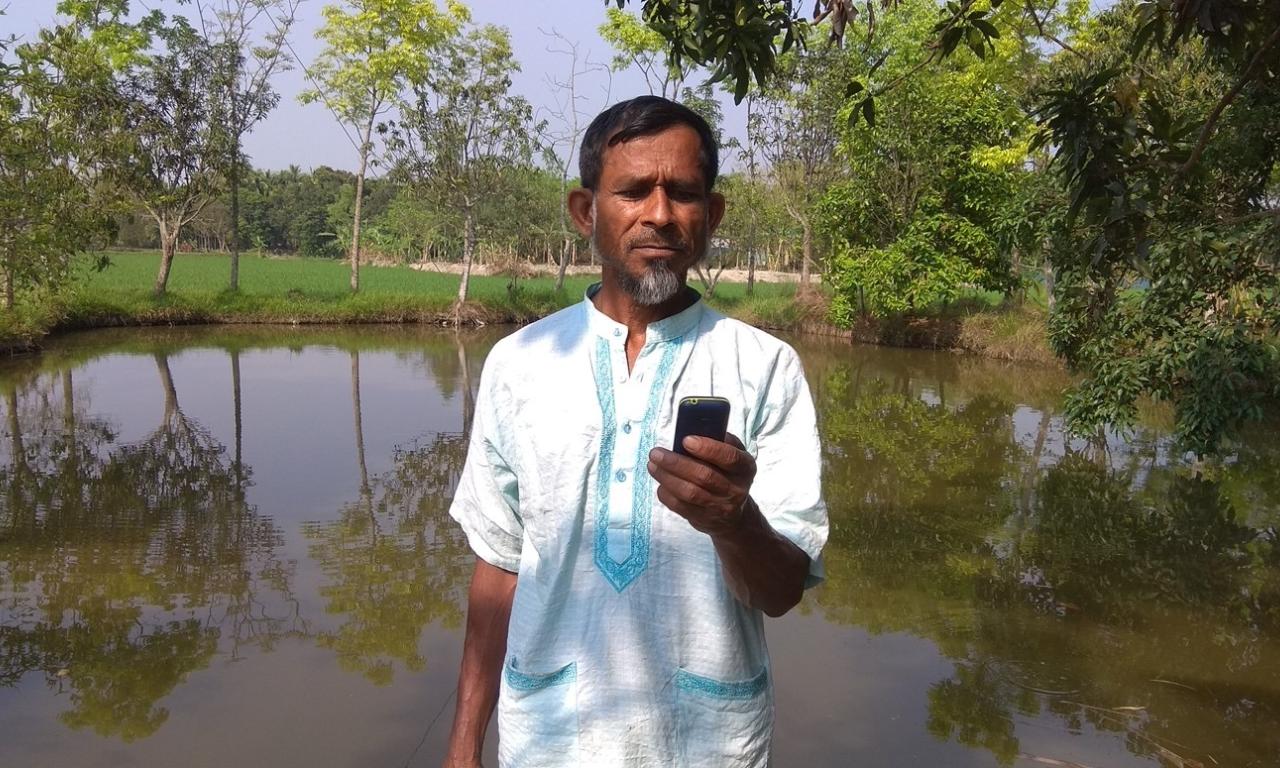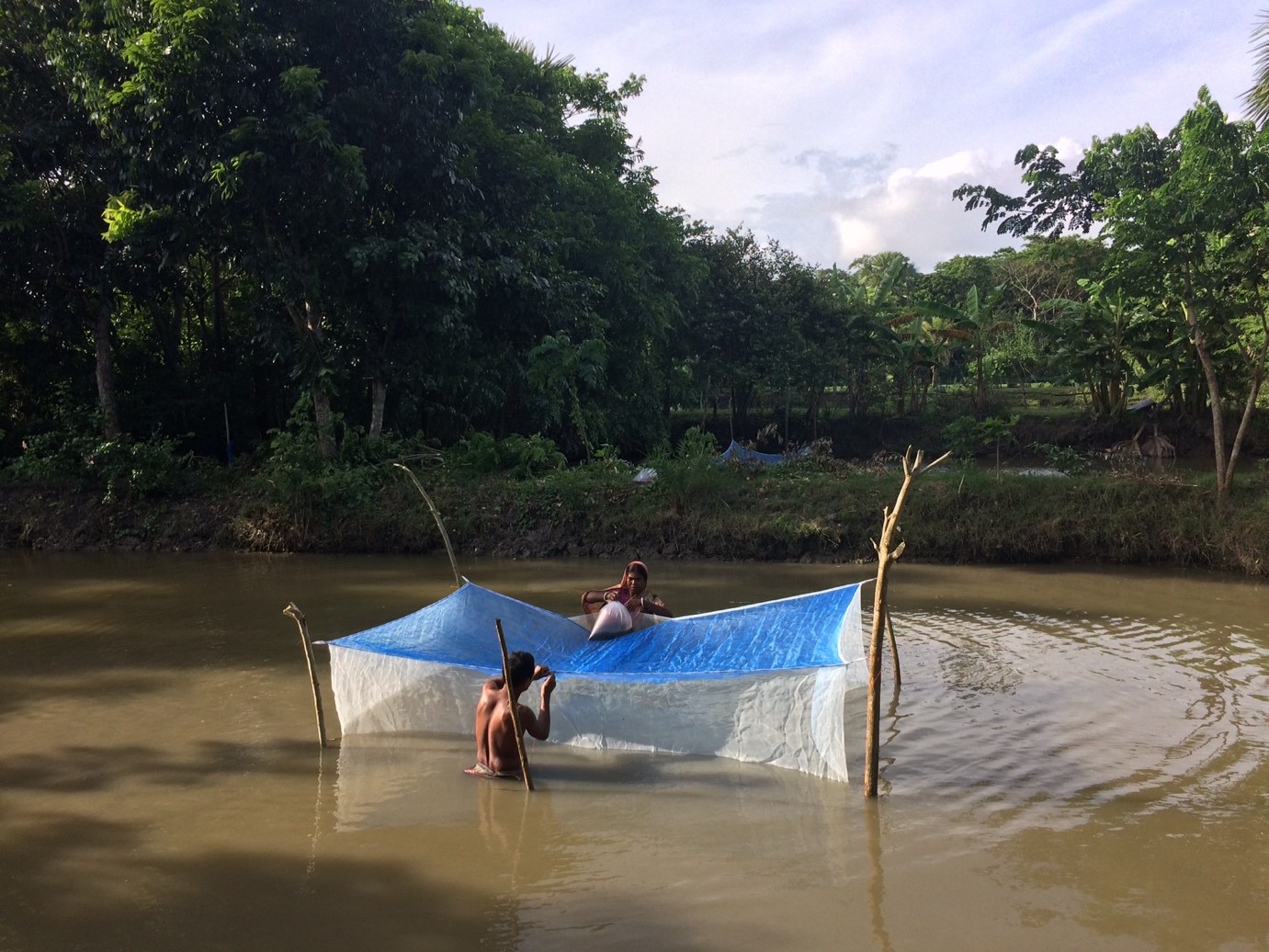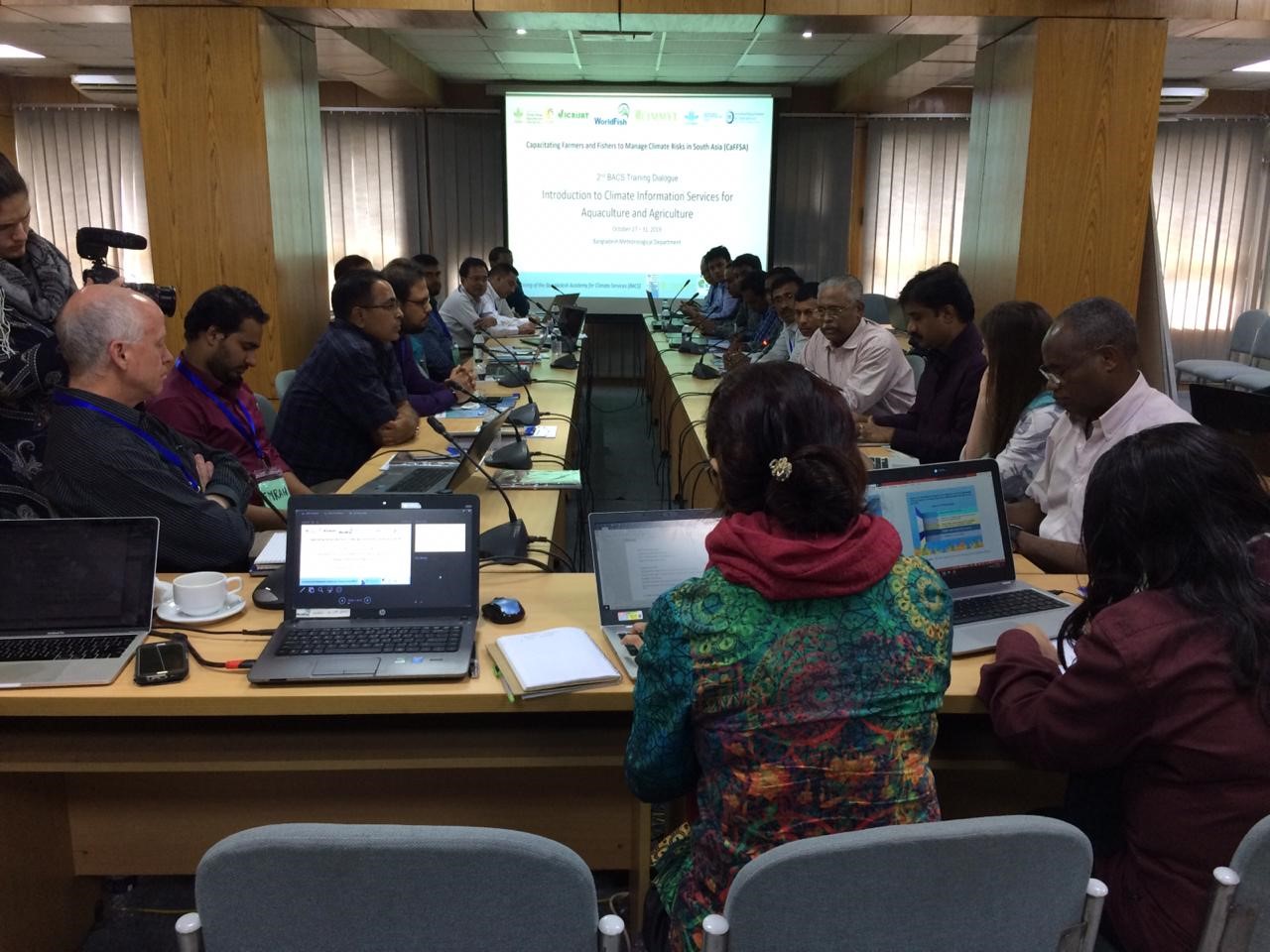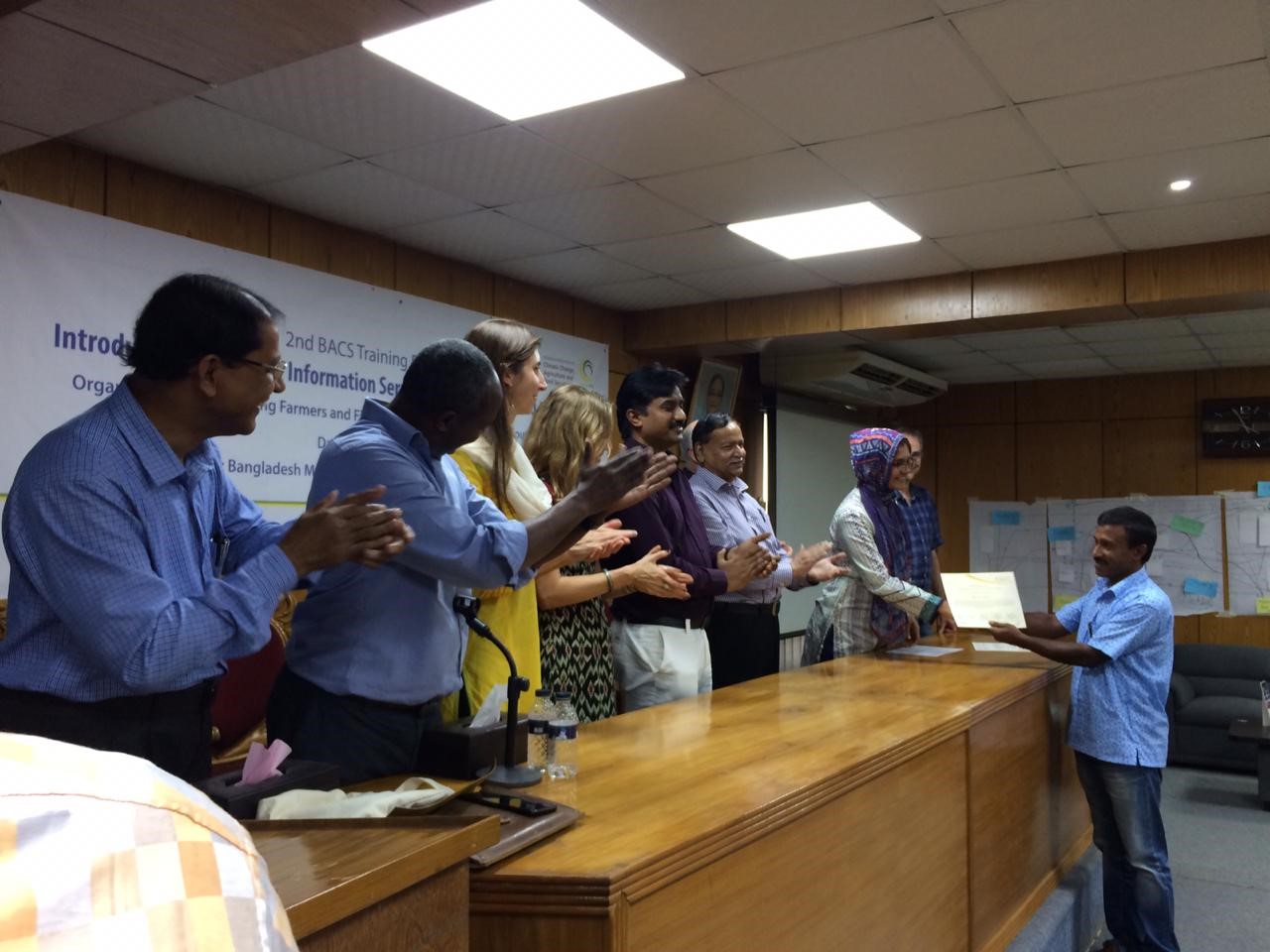
- Climate Information Services (CIS) can potentially act as a mechanism to increase investments in aquatic food producing systems by offsetting climate risks to a significant extent.
- Aquatic food producers’ ability to respond to climate risks using CIS should be supplemented with enhancing their capacity to respond or minimise climate-induced variability and disaster risks.
- A considerable infusion of knowledge, innovation and continuous investment is critical to enhance access to CIS for reducing climate risks by transforming aquatic food systems.
Managing climate variability with smart and innovative climate information services
Aquatic foods -- diverse animals, plants, and microorganisms grown and harvested from water -- are central to the livelihoods, food and nutrition security of more than 800 million people in developing countries.
Rich in bioavailable micronutrients and essential fatty acids, aquatic foods are considered superfoods that are healthy, not just for people but also the planet. Generally, the aquaculture sector produces fewer greenhouse gas emissions than other food production sectors like meat and poultry. Seaweed farming also acts as carbon sinks by sequestering carbon similar to terrestrial plants.
However, aquatic food systems are highly vulnerable to the impacts of climate variability and change. Sudden temperature fluctuations exceeding the tolerance level of aquatic plants, animals and microorganisms will cause mortality. Dry and cold spells can trigger disease outbreaks. Erratic or intense rainfall leads to losses in harvest. These are just some of the challenges faced by aquatic food production systems in a changing climate.
The recently released Intergovernmental Panel on Climate Change’s (IPCC) sixth assessment report anticipates climate variability and change to continue into the future. As such, modified management decisions are required to reduce these significant risks.
Building climate resilience for aquatic food systems
Aquatic food producers equipped with high-quality climate information and context specific services tailored to the needs of their respective aquatic food systems will be in a better position to adapt and manage climatic stresses thus, offsetting the impacts induced by climate variability.
However, the availability and accessibility of climate information services (CIS) in aquatic food production is still lacking. Given the huge potential of CIS in offsetting climate risks, a tailored CIS that is accessible by fish farmers can yield tremendous economic and nutritional benefits to vulnerable communities.
Tailoring climate information services for aquaculture in Bangladesh

In Bangladesh, WorldFish and partners developed CIS platforms for aquaculture that provides authentic, localized, timely, actionable and simple CIS for fish farmers under a CGIAR research program on Climate Change Agriculture and Food Security (CCAFS) funded project. The developed CIS systems assisted fish farmers and officers in making better decisions to reduce risk associated with climate variability.
The five-day lead time CIS developed based on a decision framework targeting temperature and rainfall thresholds for the grow-out phase of the major cultivated and economically important fish species is a novel and innovative approach to reduce temperature and rainfall variability-induced risks in day-to-day aquaculture operations and enhance capacity for climate resilience in South Asian aquaculture systems.
A seasonal forecasting approach to predict the number of warm and heavy rain days tailored to aquaculture for two locations in Bangladesh is also in development. This approach is essential because seasonal forecasts can provide crucial information for aquaculture operations to manage climate risks such as when to start pond preparation, what is the optimal production volume and when to harvest thus, reducing loss and damage, and increasing profits.
Enhancing capacity to respond to climate-induced variability and disaster risks

Aquatic food producers’ ability to predict climate risks using climate information services should be supplemented with enhancing their capacity to respond or minimiseclimate-induced variability and disaster risks.
A training dialogue in Bangladesh has shown immense potential in enhancing climate risk management. During the training, farmers and their support agents were taught how to manage a damaging situation manifested by increased temperatures such as adding agricultural lime to balance water acidity, using aerators to increase dissolved oxygen in ponds and reducing feeds so as not to further increase the high levels of harmful ammonia.
A farmer from Khulna, Bangladesh who was introduced to CIS had related how he had prepared for the incoming Cyclone Bulbul by actively seeking updates from the Bangladesh Meteorological Department. By applying the knowledge he had gained from CIS trainings, he was able to weather the storm with minimal negative impacts although the tropical cyclone was one of the most devastating in Bangladesh history.
This dialogue has created the momentum on the urgency of capacity development for aquatic food producers and their support agents in understanding and using climate risk information at scale.
Gaps in climate information services and possible ways to bridge that gap
Although digital transformation has changed global economies for different food production systems, its application in small-scale aquatic food production systems is limited. Recent advances in CIS have come about not necessarily from the discovery of new science but from advances in affordable information and communication technologies (ICT) that allow us to use scientific findings at the end user level. This has enabled research to have an impact on development.
From the experiences in Bangladesh and India, one of the major barriers to promoting wide use of CISis the lack of integration among information producers, service providers and end users. In addition, public private partnership to sustain the services and capacity building initiatives is lacking. ICT infrastructure required for generating robust climate information, efficient communication platforms that are essential for dissemination and finally, knowledge on how to package the information so they are ready to use, allrequire more attention.
A considerable infusion of knowledge, innovation and continuous investment (financial mechanisms)is critical to enhance access to CIS for reducing climate risks by transforming aquatic food systems.
Way forward

Ensuring climate smartness, especially higher production and resilience in aquaculture systems by enhancing CIS, is of critical value to reduce climate risks and thus, to reach the broader goals of ensuring livelihoods as well as food and nutrition security for vulnerable countries and communities.
In a nutshell, we must act urgently based on the scientific evidence to respond to the ongoing climate crisis in our endeavor towards a climate resilient and a food and nutrition secure world; and CIS can play a critical role to achieving this.
